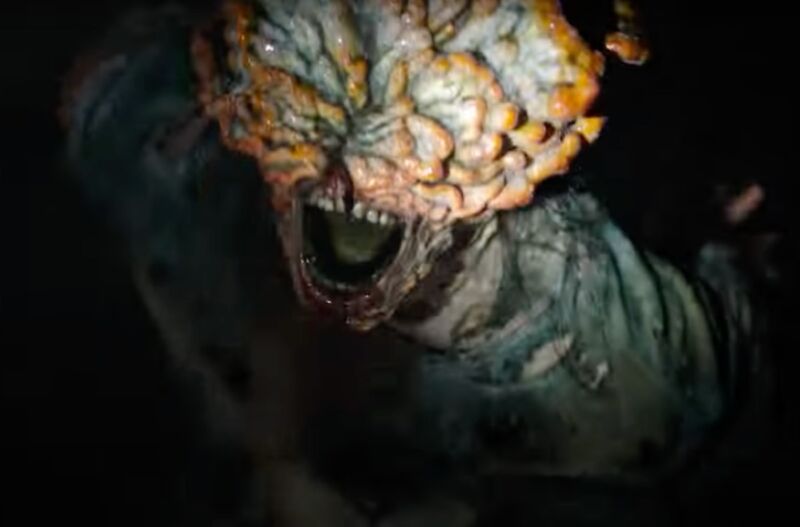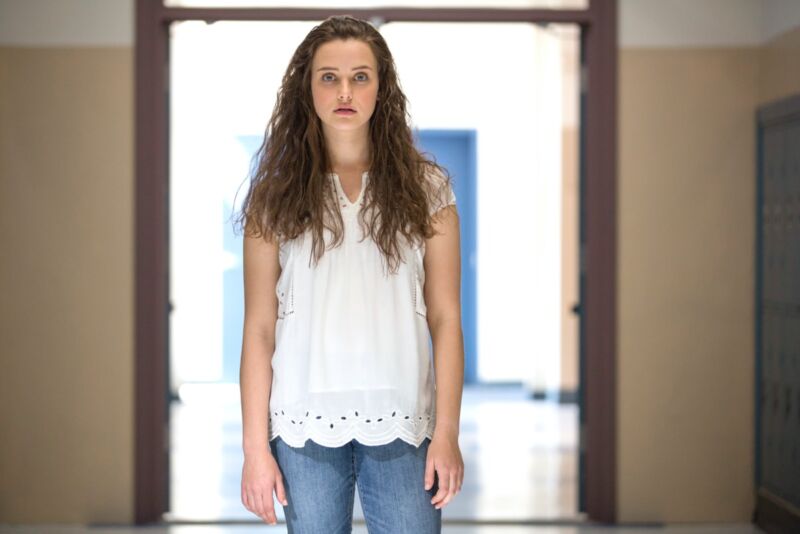-
 chevron_right
chevron_right
Meet the real zombifying fungus behind the fictional Last of Us outbreak
news.movim.eu / ArsTechnica · Thursday, 19 January, 2023 - 23:26 · 1 minute

Enlarge / HBO's The Last of Us provides a vivid visual imagining of what a Cordyceps infected human might become. (credit: YouTube/HBO Max)
HBO's new sci-fi series The Last of Us debuted earlier this week and is already a massive hit . Based on the critically acclaimed video game of the same name, the series takes place in the 20-year aftermath of a deadly outbreak of mutant fungus that turns humans into monstrous zombie-like creatures (the Infected, or Clickers). While the premise is entirely fictional, it's based on some very real, and fascinating, science.
(Minor spoilers for the series below.)
The first episode showed us the initial outbreak and devastation. Fast forward 20 years, and the world has become a series of separate totalitarian quarantine zones and independent settlements, with a thriving black market and a rebel militia known as the Fireflies making life complicated for the survivors. A hardened smuggler named Joel (Pedro Pascal) is tasked with escorting a teenage girl named Ellie (Bella Ramsey) across the devastated US, battling hostile forces and hordes of zombies, to a Fireflies unit outside the quarantine zone. Ellie is special: She is immune to the deadly fungus, and the hope is that her immunity holds the key to beating the disease.

